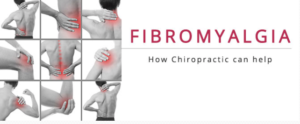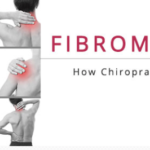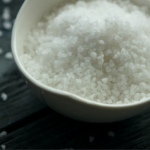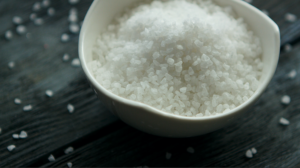 RoundUp is one of the number one selling weed killers in the USA today both commercially and for residential use.
RoundUp is one of the number one selling weed killers in the USA today both commercially and for residential use.
The main ingredient in RoundUp – Glyphosate – is designed to be toxic to plants. The issue is that it has been found not only to kill plants but also to be toxic as well as carcinogenic to humans and animals as well.
Glyphosate has been banned in the EU yet it is still sprayed freely here in the USA. Deborah Kurrasch of the University of Calgary in Canada’s research department says that “Researchers are not only concerned about the immediate consequences of improper use of the chemicals by applicators, but also about potential effects caused by chronic exposure to applicators or animals—via the skin or through inhalation, for instance—as well as what happens when they accumulate in the environment.” The physical effects are felt gradually over time.
Right here in Florida, we are experiencing a build-up of toxic chemicals. You may have heard about Red Tide and Blue Green Algae here in South Florida along both the west and east coasts, but what isn’t often said is that the discharged water being released from Lake Okeechobee contains high concentrations of the chemicals, including glyphosate, found in RoundUp because of the existence of US Sugar Corporation located in Clewiston, Fl.
The Problem
US Sugar uses RoundUp as a pesticide/herbicide on crops to deter bugs and also to help prematurely ripen the crops so they can maximize the potential for income from every crop. Just as the sugar cane is forcefully ripened so are the red tide blooms as well as the algae blooms. This is a good chunk of the reason why the bloom has now lasted a full year. This isn’t influenced by nature and it isn’t normal. Our oceans, wildlife, and residents are paying the price.
While it may be obvious when red tide warnings are posted, not to go in the water, the problem isn’t just at the beaches or around the water. These particles (Red Tide (Brevetoxin), Blue Green Algae (Cyanotoxins), and RoundUp (Organophosphates), are all aerosolized and carried by wind currents, it has been said, up to 10 miles in though it may very well be more.
This means – if you live anywhere near a coast in South Florida, you are breathing these particles in. People who have no contact with RoundUp or any other pesticide or herbicide, have been falling ill with non-specific sources. Doctors have often been at a loss for a diagnosis.
The test for it is called the Cholinesterase RBC and Plasma blood test for pesticide toxicity (organophosphates). It is important to note that those reading the results on this test know that according to the CDC the lab values marked as acceptable (green) are incorrect. Toxicity can present at just 40% of the top acceptable level.
It is HIGHLY advisable to do a neurotoxin cleanse if you do have elevated levels in your blood.
Symptoms of RoundUp Toxicity:
- Anxiety
- Headache pain
- Exhaustion
- Lethargy
- Fever
- Itching eyes
- Tinnitus (ringing ears)
- Itchy face
- A runny Nose
- Watering eye (usually only one side)
- Frequent feelings of a head cold or flu
- Blurry Vision
- Excess saliva
- Sensitivity to light
- Glassy eyes
- Memory problems
- Muscle twitches similar to restless leg syndrome
- Palpitations
- Brain fog
- Digestion problems
- Confusion
- Agitation
- Depression
For a more natural alternative to using RoundUp on your property, please visit Mom’s Across America’s page https://www.momsacrossamerica.com/10_alternatives_to_roundup
If you feel like you may be living with the effects of RoundUp, contact the office of Dr. Jason Kaster, D.C. today and get tested as well as treated, naturally. 239-332-2555 www.drkasters.com
 Why Do Fibromyalgia Patients Feel So Awful and Have So Many Symptoms?
Why Do Fibromyalgia Patients Feel So Awful and Have So Many Symptoms?

 Though you can’t fight genetics the way you live has a major impact on your circulatory systems health and the resulting possibility of vein issues.
Though you can’t fight genetics the way you live has a major impact on your circulatory systems health and the resulting possibility of vein issues.


 RoundUp is one of the number one selling weed killers in the USA today both commercially and for residential use.
RoundUp is one of the number one selling weed killers in the USA today both commercially and for residential use.